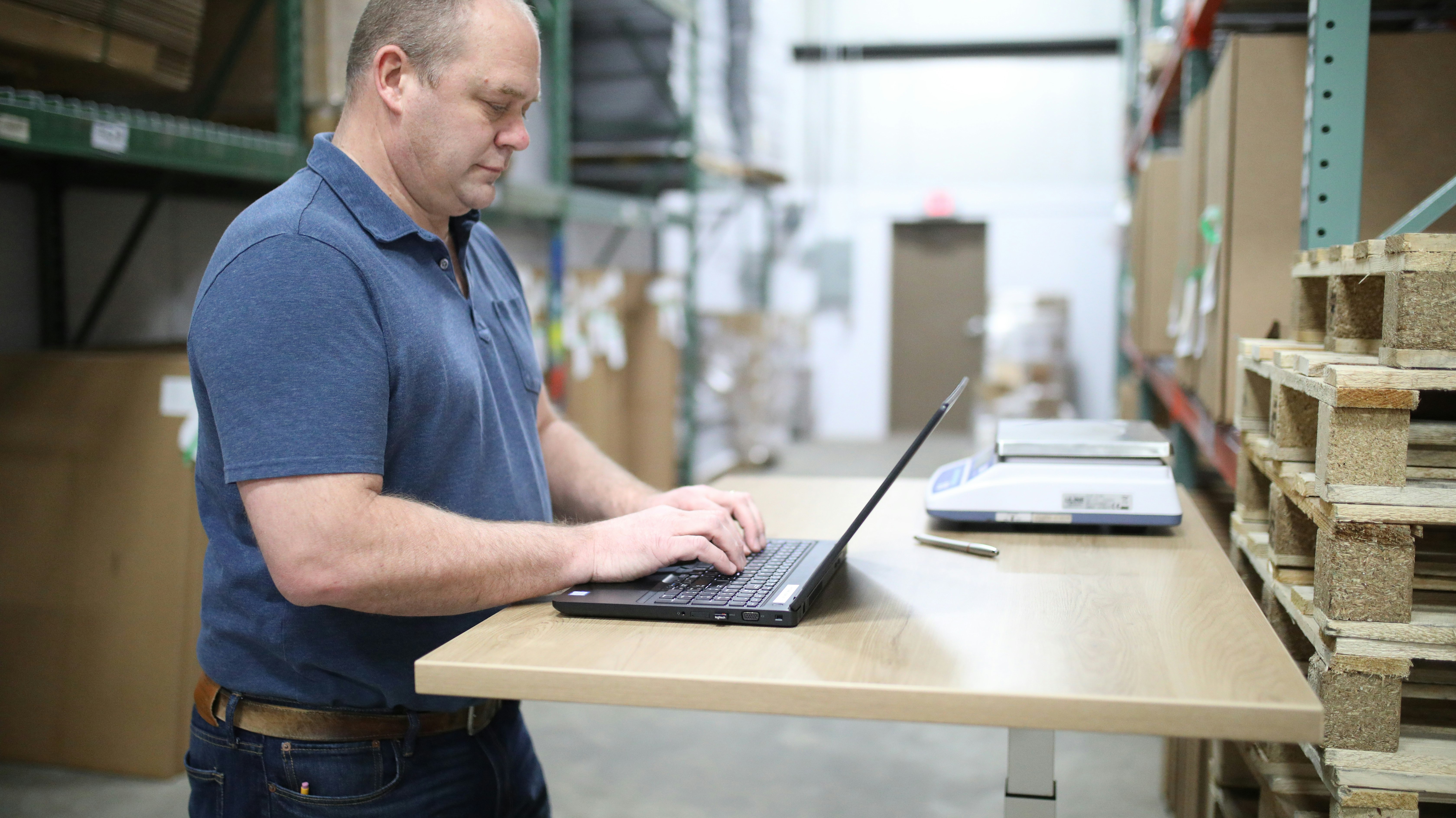To scale same-day delivery, the new standard in e-commerce, companies need to get goods closer to the end customers by adopting a hyperlocal approach. This is where microfulfillment centers (MFCs) come in. According to a 2022 report published by delivery management platform Bringg, 44% of retailers are already using MFCs in their fulfillment processes.
MFCs have three main components: (1) access to real estate located in urban areas, (2) software management systems that process online orders and AI for optimal placement, and (3) physical infrastructure, including automation (e.g., robots for picking and packing). These centers are considered "micro" because they typically range between 3,000 and 10,000 square feet of space. MFCs mainly operate on two models: either retailer-operated MFCs within brick-and-mortar space or stand-alone MFCs operated by a third party, such as a logistics provider. Unlike dark stores, which cater exclusively to online orders, MFCs can fulfill orders from multiple channels.
In this space, Walmart may be the lead retailer in investing in MFCs, but Target isn’t far behind. Target recently made headlines for its “hub” model. The retailer will spend $100 million to build a larger network of supply chain hubs to speed up and lower the cost of delivering orders. The hubs combine MFCs with an enhanced shopping experience, store remodels, and new locations for easier order pick-ups. Target plans to have at least 15 of the facilities, dubbed sortation centers, by the end of January 2026. It already has opened nine, after testing the concept in its hometown of Minneapolis.
Still, despite these early successes, companies experimenting with MFCs face various challenges, including automation drawbacks for weight-specific and fragile items, high levels of investment in software and technology required to predict demand and position inventory close to end-customers, infrastructure constraints due to the micro nature of MFCs, and lack of sufficient and affordable real estate near urban centers. It's also becoming increasingly clear that MFCs can’t be used to fulfill all orders: luxury goods, large items, and low turnover inventory require other fulfillment solutions.
With MFCs, another practical challenge is the cost of fulfillment for the value of goods being delivered. For example, it’s unlikely that a consumer would pay a $7 delivery fee for a $20 mascara. There is also a question around what level of automation is appropriate and yields a positive return on investment given the small space within MFCs for operation. Is robotic picking and packing additive when a human employee will have extensive familiarity with the location of goods stored in a 3,000-square-foot warehouse? As it turns out, many MFC startups are not actually using robotics and automation aside from the software for managing warehouse operations and inventory.
Ohi, an MFC startup that appears to be using a franchise model for opening MFCs in different locations, uses a model that does not rely on robotic automation within the warehouse. Fabric, another leader in microfulfillment, has pivoted its business model from operating MFCs on behalf of retailers and brands to selling MFCs as a service, including the hardware (i.e., robotics) and software. We’re likely to see further iterations as MFC startups test the most commercially viable use cases (e.g., perishable vs high-turnover CPG) and how to generate higher profits.
It’s also worth mentioning the recent trends around nearshoring and onshoring, both of which are on the rise. Almost 9 in 10 (88%) U.S. small businesses said they intended to nearshore parts of their supply chain, resulting in increased demand for more flexible, efficient, and sustainable warehousing models that can support faster and more agile supply chains.
Increased nearshoring and onshoring create major tailwinds for the microfulfillment model. The decision to relocate manufacturing and supply chain operations closer to the end market in North America reduces the time required to deliver products to customers, necessitating the need for more rapid and efficient warehousing models like MFCs. The lower inventory levels require smaller warehouses. Meanwhile, transportation costs for locally sourced raw materials and components will increase, causing many retailers to look for strategic warehouse locations.
Going forward, retailers and their ecosystem partners must be ready to meet consumers where they are and how they shop, while also streamlining their operations to meet new and emerging fulfillment models. In the near-term, the MFC journey for retailers and logistics providers will be filled with trial and error. But over the long-haul, the model will allow retailers to clear space in their back rooms and free up time for store employees to help customers – a win-win for all parties involved.
As a Principal at Silicon Foundry, Camille Manso is passionate about advising leading corporations on emerging technologies and trends that are disrupting industries, including financial services, supply chain and logistics, and consumer products. Previously, Camille practiced corporate law at a top global law firm, representing PE and VC firms as well as corporates and startups in various M&A, VC financing, and corporate governance matters. She holds a BBA from the University of Miami and a JD from New York University School of Law.





